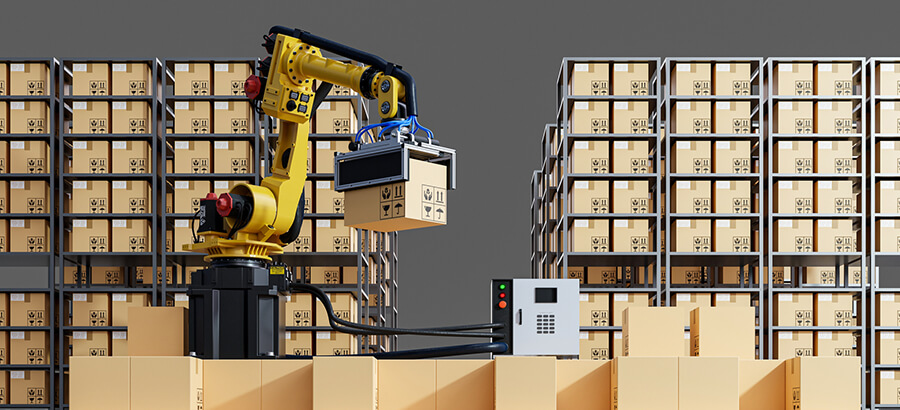In my previous life as a Divisional Quality Manager, I came across many examples of product or packaging pain points that impacted on a manufacturer’s ability to remain competitive. One such an example was a peppadew producer, who had a tight three-month timeframe to harvest, process and package their product. Previously, the producer opted for heavy duty plastic sachets, but in a matter of months, the peppadews were eating through the seams. The pH of peppadews in brine was too low for the longevity of the plastic. This supplier had no alternative supply as their harvest time was over for the year, and anything spoiled was then waste. The ultimate result – prolonged downtime and shortened shelf lives affecting their ability to export their produce.
While this scenario is really a worst-case scenario for a business, closer to home frontline managers also need to stay on their toes to manage and prevent potential problems like overruns, bottlenecks, poor employee or machine performance, and excessive scrap. Being able to identify what is referred to as the six big losses in manufacturing will provide businesses with a generic equipment-based perspective on lost production time that they can use as part of their improvement program.
Big loss #1: Equipment Failure
Equipment defects result in downtime and a knock-on effect which could include long-term financial losses, variances in inventory and a displacement in quality control. Equipment failure results from a lack of available operators, unplanned maintenance or even a lack of raw materials.
Big loss #2: Setup and adjustments
This type of manufacturing loss occurs when equipment is scheduled for production but is not running due to a changeover or other equipment adjustments. Examples of disruptions include setup, planned stops, cleaning, warmup time and even quality inspections.
Big loss #3: Idling and minor stops
As the name suggests, this type of manufacturing loss occurs when equipment stops for a short period of time. Standard reasons for idling and minor stops include misfeeds, material jams, obstructed product flow, incorrect settings, misaligned or blocked sensors, equipment design issues and periodic quick cleaning.
Big loss #4: Reduced speed
Reduced speed accounts for time where equipment runs slower than the ideal cycle time and results in performance loss. Examples of common reasons for reduced speed include dirty or worn-out equipment, poor lubrication, substandard materials, poor environmental conditions, operator inexperience, start-up and shutdown.
Big loss #5: Process defects
Process defects account for defective parts produced during stable, steady state production. This results in quality loss. Examples of common reasons for process defects include incorrect equipment settings, operator or equipment handling errors, and lot expiration, for example in pharmaceutical production.
Big loss #6: Reduced yield
Reduced yield accounts for defective parts produced from start-up until stable, steady state production is reached. Examples of common reasons for reduced yield include suboptimal changeovers, incorrect settings when a new part is run, equipment that needs warmup cycles, or equipment that inherently creates waste after start-up.
With an understanding of the six big losses, manufacturers can take the necessary steps to improve overall production by mitigating overall risk. Manual solutions to identify pain points no longer make the cut. It’s clear that a digital solution is necessary to take full advantage of the initiative and have full visibility of critical data, increase productivity, reduce waste, lower production costs, enable greater quality control and improve the management of schedules and production rates without having to manage multiple systems from various vendors. The solution lies in Manufacturing Operations Management (MOM)
The benefits of MOM in optimizing the shop floor for increased control
MOM helps manufacturers in three ways:
- Measure performance of overall equipment effectiveness (OEE). This refers to how well your machines run, and the measurement is based on a combination of uptime, speed and quality. Your MOM solution can track all of these parameters on every machine.
- Measure your overall labour performance (OLE). Often a lot of time and productivity is lost through human error and late coming.
- Measure total effective equipment performance (TEEP) or how well you have planned your factory.
Manufacturers should ideally consider a MOM or MES solution that adheres to world-class manufacturing standards and importantly, is fully integrated into their ERP, to leverage a single platform to monitor and improve overall factory performance.






